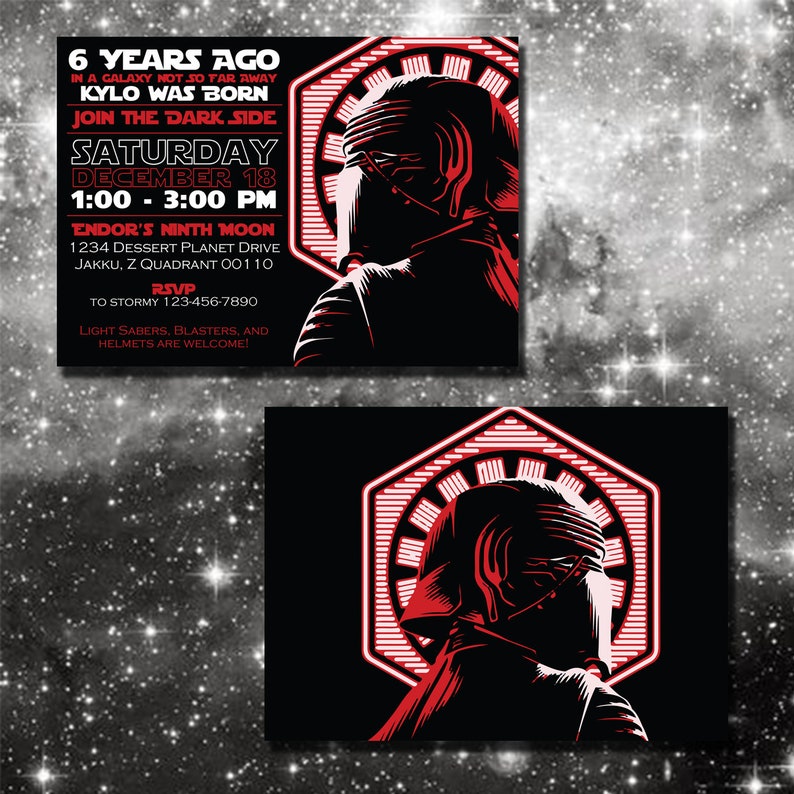

Adobe digital editions 4.5 dark theme trial#
Here we read her journal entries as an adolescent schoolgirl pursuing her personal intellectual interests as well as her burgeoning activism as a free woman of color, having witnessed the tumultuous events in Boston around the 1854 trial of captured fugitive slave Anthony Burns and his forced return to the South. Later she became active herself as an abolitionist-the well-known Charlotte Forten Grimké.

see #4: Entrepreneurs), beginning a new phase of her life as the only African American student in a white school in Salem, Massachusetts.

When she began her private journal in 1854, Charlotte Forten was the sixteen-year-old daughter of free parents in Philadelphia (and granddaughter of sailmaker and abolitionist James Forten, Sr. In 1896, half a century after it was written, Hodges's autobiography was published by his son in The Indianapolis Freeman, a black newspaper.

In these selections on his childhood, Hodges recounts how white men used lies, trickery, and terror to intimidate and control free blacks, using tactics like those of slave patrollers before 1865 and the Ku Klux Klan after 1865. Born in 1815 into a free black family in Virginia, Hodges wrote his autobiography in his mid thirties, stressing his dual intent (1) to make known the "wrongs and sufferings the free people of color in the southern states," and (2) to counter the prevalent and self-serving opinion among whites that enslaved blacks were happier and more secure than free blacks. We look at the early years of two free-born African Americans of very different backgrounds who later became abolition activists in the North. If one's identity as "American citizen" means "free," then free-born blacks held a unique position among black abolitionists. Of the free black population, the percentage of free-born is difficult to determine, yet their influence in the lives of their fellow freemen, newly freed slaves in the North, and later for enslaved blacks, extended beyond what numbers can imply.


 0 kommentar(er)
0 kommentar(er)
